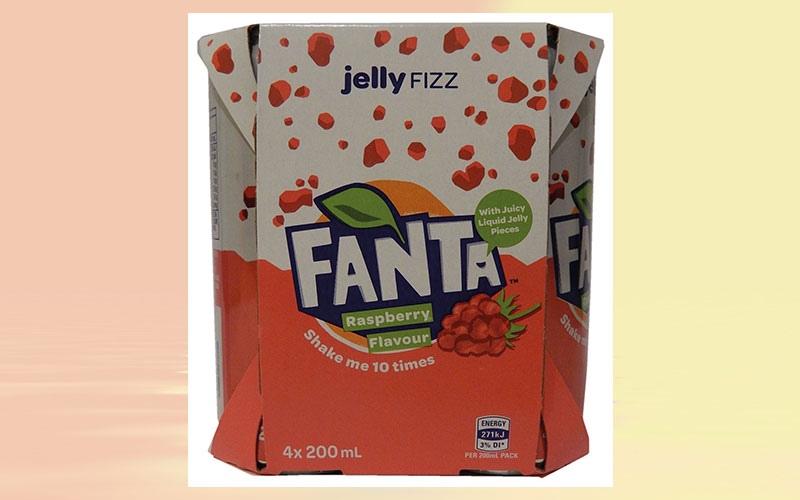One fifth of European food and drink launches featured a texture descriptor in 2017
Texture continues its rise to becoming a central feature of food and drink innovation. According to new research from Mintel Global New Products Database (GNPD), 20 % of food and drink launches in Europe in 2017 had a texture description, up from 17 % the previous year.

Texture continues its rise to becoming a central feature of food and drink innovation. According to new research from Mintel Global New Products Database (GNPD), 20 % of food and drink launches in Europe in 2017 had a texture description, up from 17 % the previous year. This further cements the continent’s lead in usage of texture claims: Europe featured the largest share of global food and drink launches with texture descriptions since January 2016. Even the innovative markets in Asia Pacific saw less food and drink launches with texture descriptions, accounting for 14 % of global new food and drink products with texture claims in 2017.
Katya Witham, Global Food & Drink analyst at Mintel, explained the texture trend at Anuga FoodTec in Cologne:
“As the 2018 Mintel Global Food & Drink Trend ‘New Sensations’ describes, texture has a particular opportunity to follow the lead of colour, which has become an increasingly popular feature in food and drink formulations that aim to allure more of the senses. Food and drink products have used ingredients such as turmeric, matcha, and even activated charcoal to create vibrantly hued products that look particularly good in social media. While colour will continue to be important, texture is the next facet of formulation that provides consumers with interactive and social media worthy experiences.”
And interest in such products is evident across Europe. A sizable proportion of European consumers is open to trying unusual textures: 37 % of Spanish, 36 % of Polish, 26 % of French and 22 % of German and Italian (respectively) consumers say they would like to try food and drink products with unusual textures.
In Germany, interest is especially high in certain product categories. Three quarters (75 %) of German consumers are, for example, interested in sweet or savoury spreads with unusual or interesting textures. At the same time, 40 % of Germans would be interested in cooking sauces that bring different textures to a meal. Chocolate appears to be both especially prone to experimentation with texture and successful with this approach in Germany. Nearly half of Germans (48 %) have already tried chocolate with added texture and would be interested in trying it again, with consumers aged 16-24 even more convinced of the idea; 60 % have tried and would like to try textured chocolate again.
Katya closes:
“Texture will only become a more prominent feature in food and drink innovation in Europe. It is an especially important component for consumers who want a more tangible and interactive consumption experience. Products that appeal to multiple senses can provide consumers with escapes from the routine and stress of life, opportunities to make memories and generate share-worthy social media posts. The sound, feel and satisfaction provided by texture make it a trend to watch in 2018 and beyond.”









